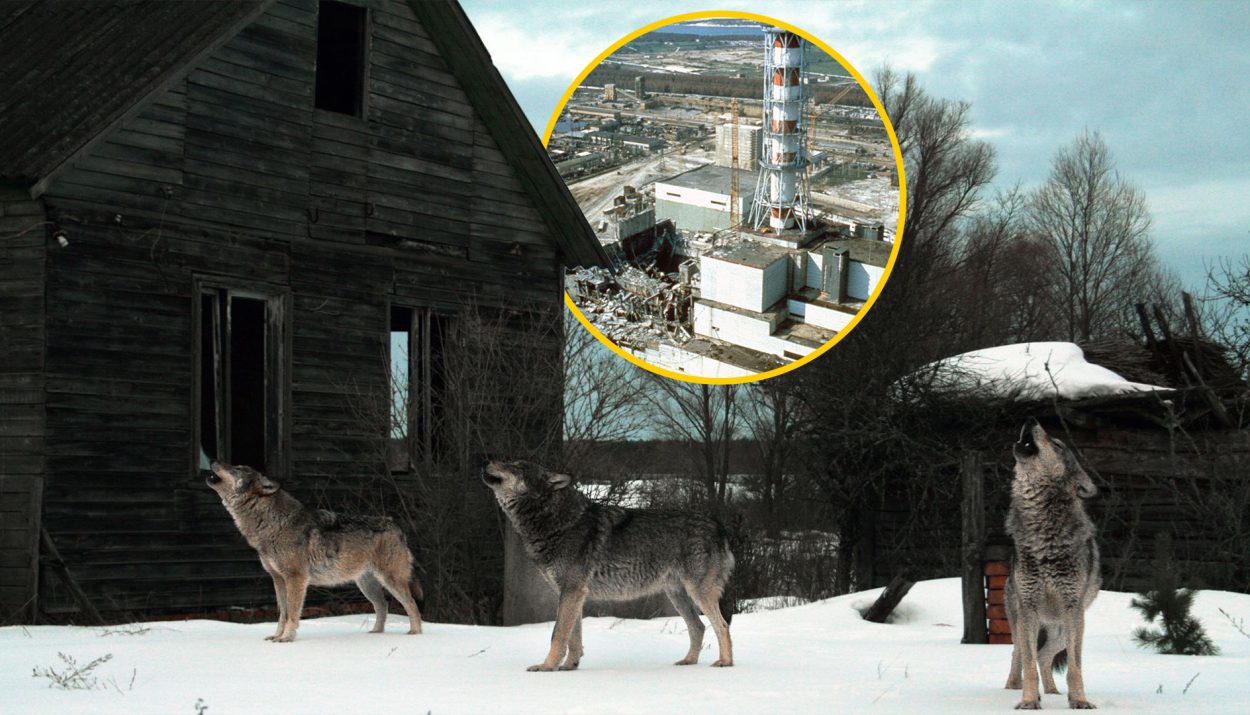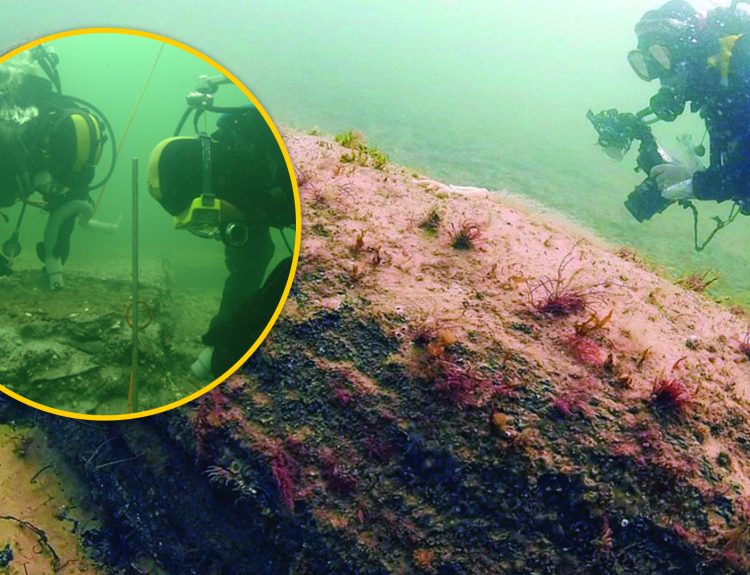Thirty-eight years after the nuclear disaster at the Chernobyl Nuclear Power Plant in the Soviet Union, an area that is located in what is now Ukraine, an evolutionary biologist has made an incredible discovery at the Chernobyl site. This finding shows us that nature always finds a way to survive, or in this case, adapt.
It was recently discovered that the wild wolf packs living in the highly radioactive area around Chernobyl have evolved a resistance to cancer. This finding opens up some intriguing possibilities that may lead to better treatment and preventative measures to help humans combat cancer. Let’s learn about the super mutant wolves of Chernobyl.
The Chernobyl Nuclear Disaster
Reactor 4 at the Chernobyl Nuclear Power Plant experienced a catastrophic and unexpected explosion during a safety test. The explosion and fire at the reactor released massive amounts of radioactive particles into the air. Although some workers and firefighters were immediately killed in the disaster, the real danger came afterwards.
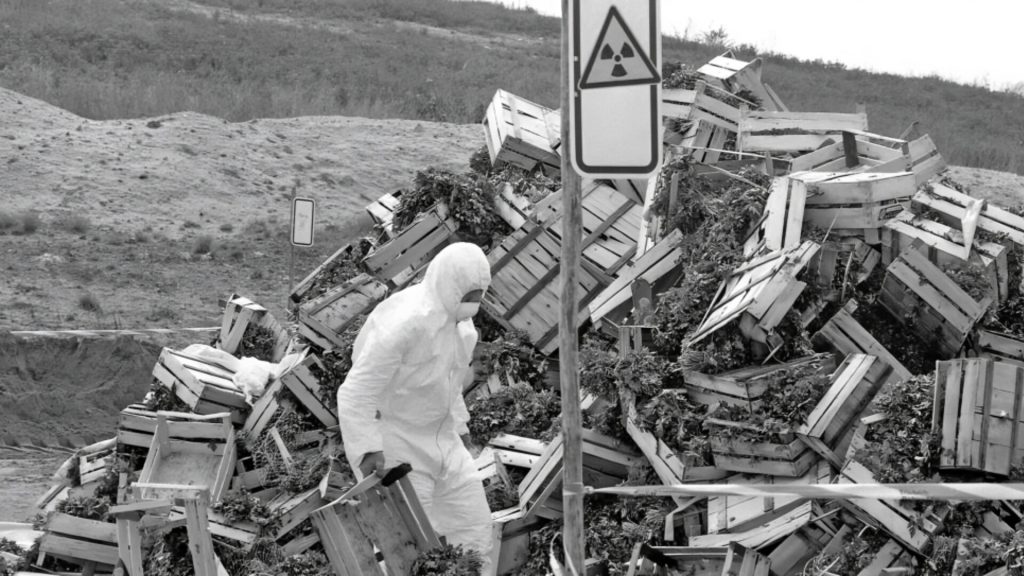
The radioactive cloud from the Chernobyl disaster spread across the region and into other European countries. Impacted areas were evacuated, but not until after the damage had been done. People exposed to the radiation experienced a much higher than average cancer rate when compared to the general population.
The Impact on the Environment
The Chernobyl radiation polluted rivers and lakes near the power plant. A one-and-a-half-square-mile area of pine trees immediately downwind of the nuclear plant turned a deep red color and died. Farm animals died after developing thyroid issues. Other farmers reported that livestock animals born on their farms after the disaster were born with horrific deformities and mutations.
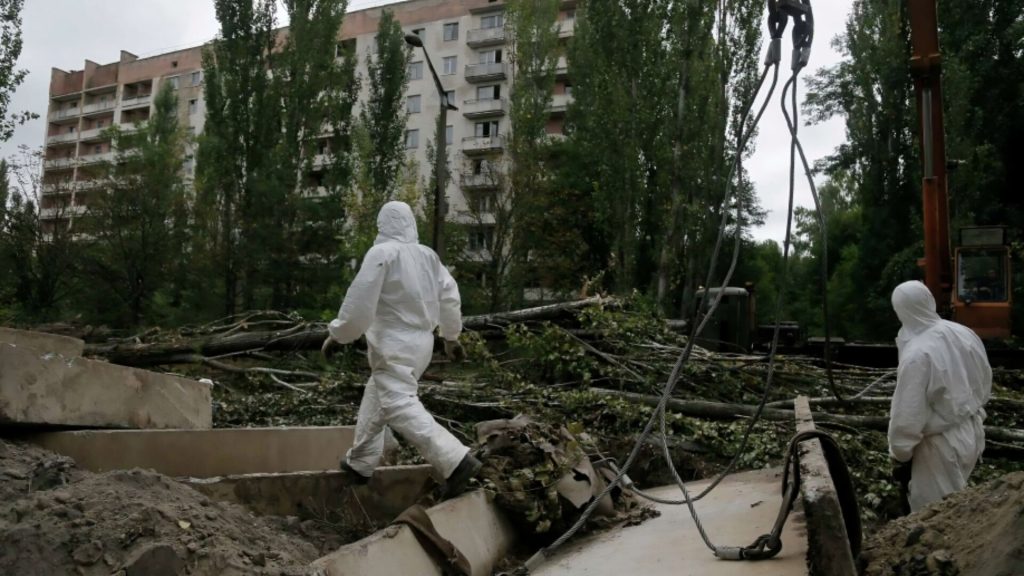
A large exclusion zone was set up around the Chernobyl Nuclear Power Plant to keep humans out, but wild animals had free reign of the area. Hunting was strongly discouraged because of the risk of consuming the potentially contaminated, radioactive meat. The high dose of radiation damaged the DNA of these animals.
Life Goes On
For wildlife living near the site of the Chernobyl disaster, life went on. The animals that survived the initial accident reproduced offspring. Those offspring – if they were able to survive themselves – also reproduced. With each generation, the altered DNA is passed on and, perhaps, diluted.
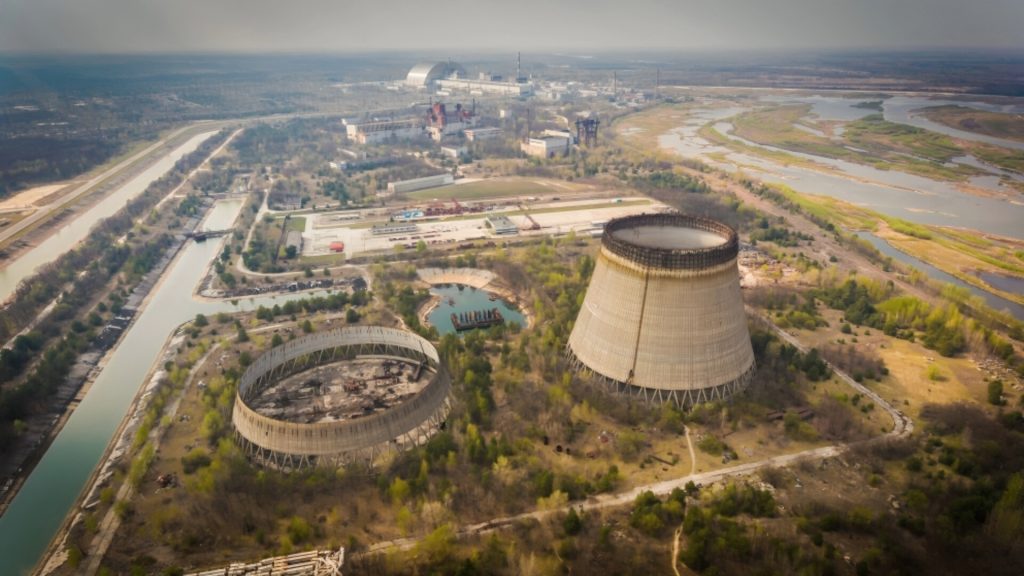
For small, simple lifeforms, like bacteria, the lifecycle is short, and the organism produces several generations of offspring in a relatively short period of time. But larger animals, like deer and wolves, are more complex. The altered DNA remains for subsequent generations.
The Animals of Chernobyl
Less than a year after the nuclear disaster at Chernobyl, wild animals were seen in the exclusion zone. Most of the animals native to the area found their way back to the disaster site, including deer, moose, foxes, wild boars, bears, lynx, beavers, and wolves.
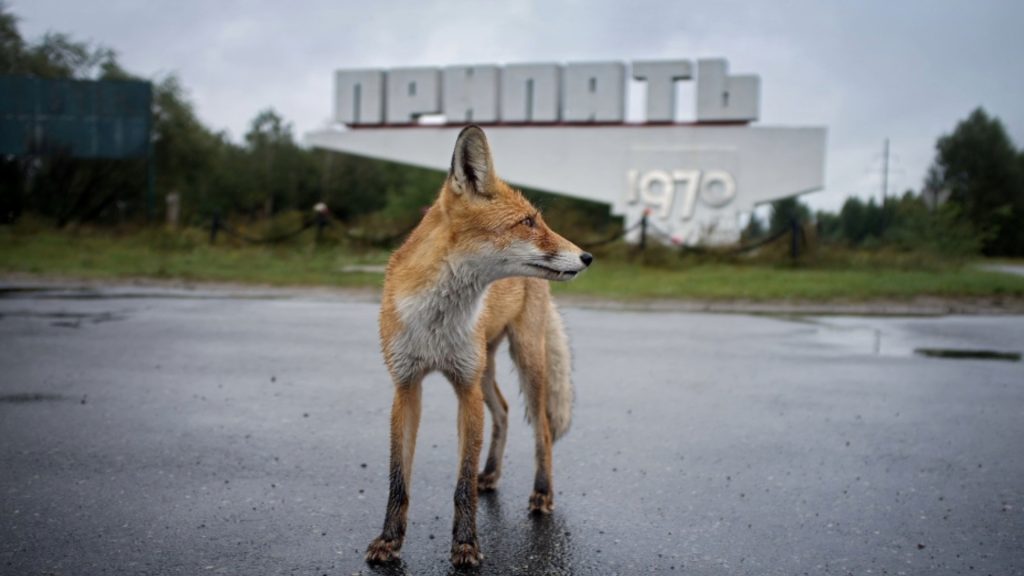
Today, the exclusion zone is still not safe for human inhabitation. The daily radiation levels are about 11.28 milligrams which is more than six times the accepted safety limits. The radiation is not only present in the air. It is also in the soil and water in the exclusion zone. But the animals that make their homes there don’t seem to mind.
Thriving Because There Are No Humans
According to several studies, the animals that make their homes in the Chernobyl exclusion zone are doing so well because there are no humans living there. Environmental scientist Jim Smith explained, “Nature flourishes when humans are removed from the equation, even after the world’s worst nuclear accident.”
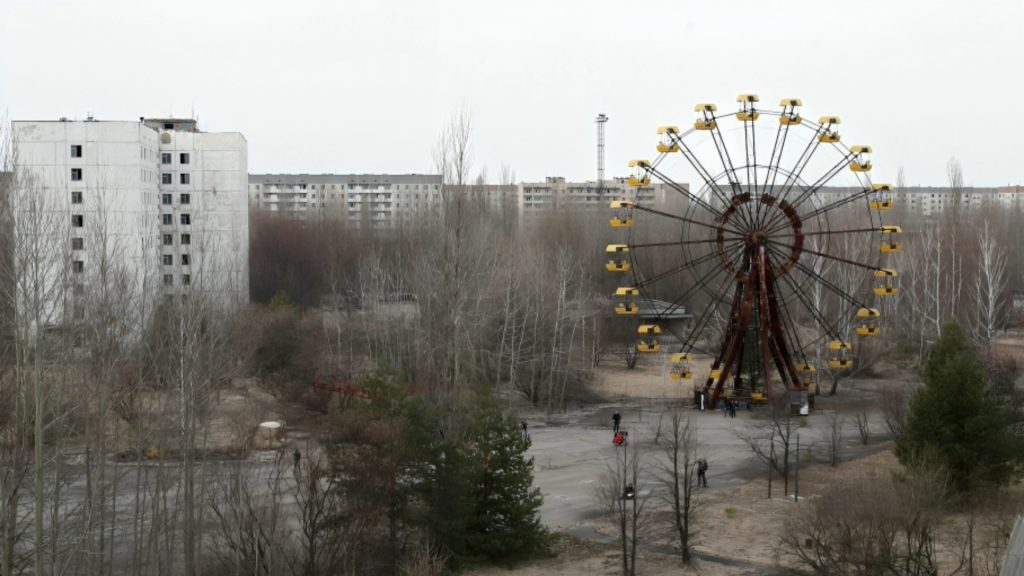
Tim Christophersen, who leads the UNEP’s Nature for Climate Branch, added, “The Chernobyl exclusion zone is a fascinating example of nature’s power to rebound from degradation.” In fact, nature may be doing more than rebounding.
Understanding the Long-Term Impact of Radiation Exposure
Ten years ago, Princeton University evolutionary biologist and ecotoxicologist Cara Love and her team began an extensive study of the wolves living in the exclusion zone around the Chernobyl Nuclear Power Plant. Their goal was to understand the long-term impact of radiation exposure on these animals.
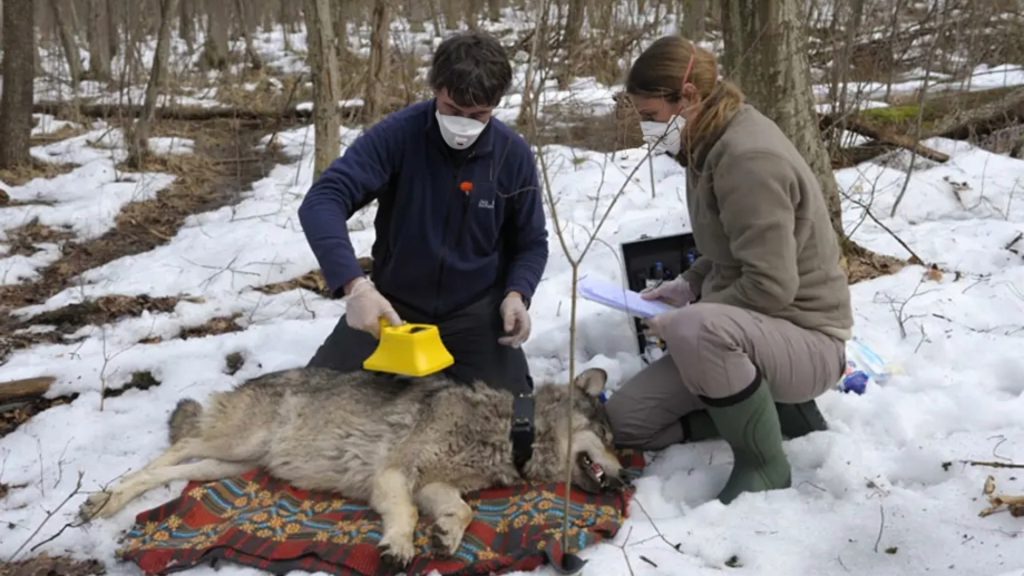
Love and her colleagues outfitted many of the wild wolves with special collars. These collars carried radiation dosimeters that monitored the radiation levels in the air. They also contained compact equipment that could take periodic blood samples.
An Incredible Genetic Mutation
Dr. Love and her team have been able to track the movement of the gray wolves in their study. They have collected a mountain of data gleaned from the special collars that have been sending back information for the last decade. What the findings show is that the gray wolves exhibit an incredible genetic mutation.
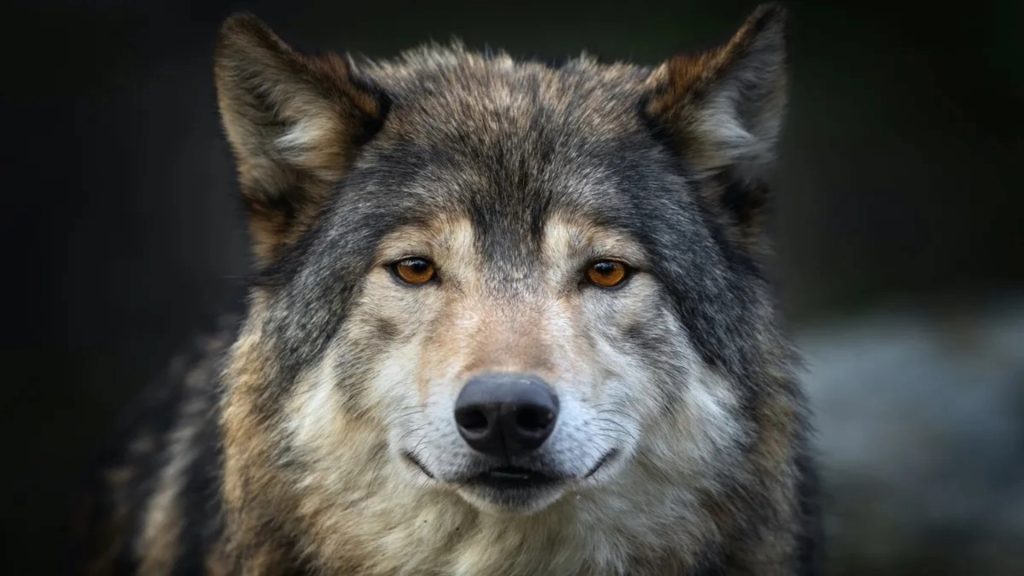
After living in a radioactive environment, the gray wolves have developed resistance to cancer. As Love noted, the wolves have genetically altered immune systems that are “similar to cancer patients undergoing radiation therapy.”
The Far-Reaching Impact of the Study
Evolutionary biologists are taking notice of Dr. Love’s report on the wolves of Chernobyl. Her study could set the stage for more research into the adaptability of animals who live in “regions of the world under continuous environmental assault.” This includes places with high radiation levels.

The information could then be applied to humans. It could help researchers gain insights about how these types of adaptations happen. Some scientists believe this could benefit future space travel as some regions of space are highly radioactive.
What This Study Could Mean for Cancer Treatment
Dr. Love’s findings from her study of the gray wolves of Chernobyl could help researchers identify the specific gene mutations that lead to cancer resistance or can increase a person’s cancer survival rates.

Her research will undoubtedly lead to more studies of radiation resistance and could open the doors for preventative measures to thwart the growth of cancer cells, as well as innovative and groundbreaking treatment options for cancer patients.

